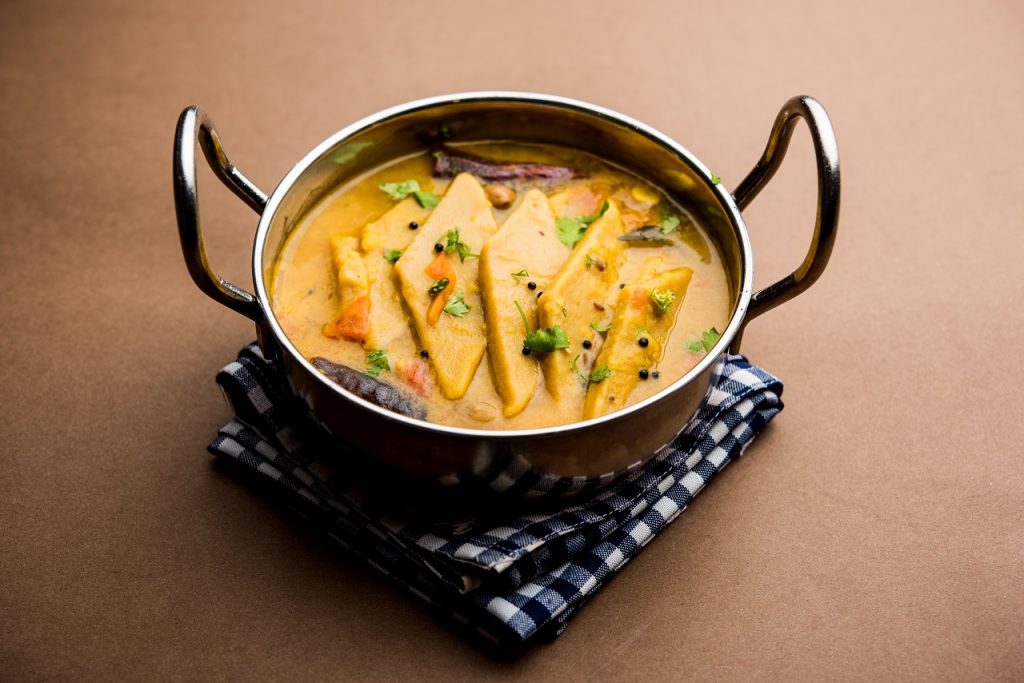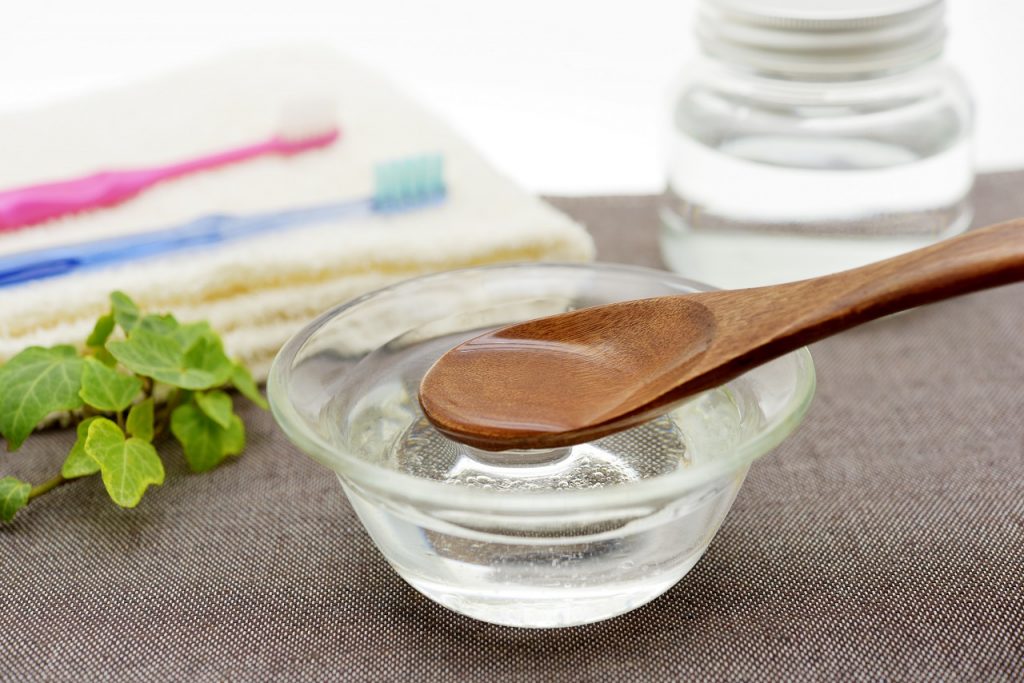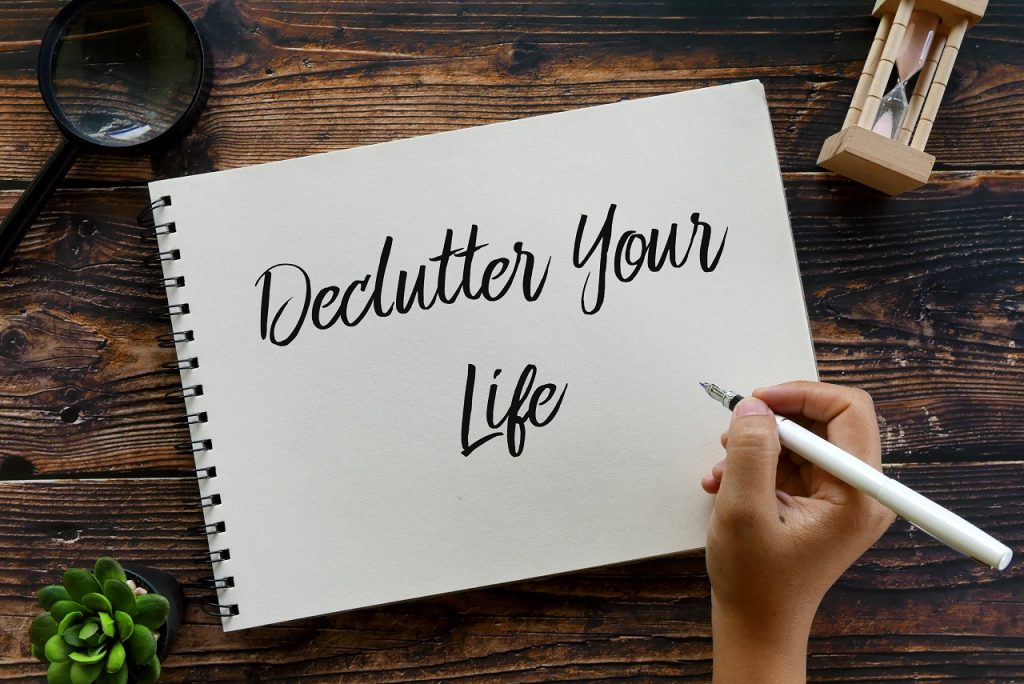 When you’re really hungry and are not in the mood to cook or get your hands on fresh food, picking your phone and placing an order seems like a viable solution. But at the same time, if you’re worried that all the processed and junk food might not be good for your health, we’ve got the perfect solution for you! Try these smart and healthy recipes using leftovers from your kitchen!
When you’re really hungry and are not in the mood to cook or get your hands on fresh food, picking your phone and placing an order seems like a viable solution. But at the same time, if you’re worried that all the processed and junk food might not be good for your health, we’ve got the perfect solution for you! Try these smart and healthy recipes using leftovers from your kitchen!
Smart and Healthy Recipes You Can Try
These smart and healthy recipes can be prepared using leftover food which is common such as dal and rice. Let’s take a look:
1. Leftover Rice Chilla
What you will need:
- Cooked and mashed rice – 2 cups
- Whole wheat flour – ¼th cup
- Gram flour (besan) – ½ cup
- Curd – 2 tbsp
- Red chilli powder – 1/4th tsp
- Turmeric powder – 1/4th tsp
- Jeera -1/2 tsp
- Asafoetida (hing) – a pinch
- Chopped green chilli – 2
- Small onion chopped – 1
- Tomato finely chopped – 1
- Coriander leaves – finely chopped
- Salt – to taste
- Oil for greasing tawa
How to prepare:
- Take all the ingredients in a big bowl and pour little water to make a thick, pouring consistency batter.
- Now heat the non-stick Tawa and grease it with a little oil.
- Pour a ladle full of batter and spread evenly.
- Let it cook from one side till it gets crisp. Flip it over and cook the other side.
- Your leftover rice chilla is ready! Serve it with green chutney.
Tasty and healthy way to finish off leftover rice, plus it is an ideal recipe for breakfast.
2. Dal Dhokli from Leftover Dal
What you will need:
- Leftover toor dal
- Wheat flour – ½ cup
- Gram flour (besan) – ¼ cup
- Red chilli powder – ¾ cup
- Coriander powder – ½ tsp
- Turmeric powder – ¼ tsp
- Carom seeds (ajwain) – ¼ tsp
- Sesame seeds (white til) – ½ tsp
- Baking soda – a pinch
- 2 tsp oil
- Salt to taste
- Water to knead dough
Method:
- Take wheat flour, besan in a large mixing bowl, add all other ingredients, combine well and knead the dough by adding water as required.
- As the dough turns soft and smooth, take a small ball size dough and roll it to form a thick chapati-like shape.
- Once rolled, cut it into diamond shapes of medium size. Keep dhokli aside.
- Boil the leftover dal, add a cup of water if the dal is thick.
- In the boiling dal, add 10-12 groundnuts, little tamarind pulp or juice, a small piece of jaggery and lastly, add the diamond-shaped dhokli and cover with a lid. Cook it for 10-15 minutes till the cooked dhokli will float over the dal (add diamond-shaped dhokli in dal depending on quantity of dal, adding too many may make dal dhokli too thick in consistency).
- For Tempering: Heat 1 tsp of oil in a pan, add a tsp of mustard seeds, a few curry leaves and pour over the dal dhokli, garnish with coriander leaves.
It’s ready to serve! Dal dhokli in itself is a complete meal, a good combination of carbohydrates and proteins.
Do try the above recipes and share your thoughts with us in the comments below. For more recipes, check out Healthy Reads or ask a GOQii Coach by subscribing for personalised health coaching here: https://goqiiapp.page.link/bsr
#BeTheForce
 Immunity has become a common discussion during these pandemic-stricken times. No doubt that good immunity is the key to a healthy and disease-free body. The Ministry of Ayush has listed some immunity boosting measures for self care during the pandemic and oil pulling is one such Ayurvedic procedure.
Immunity has become a common discussion during these pandemic-stricken times. No doubt that good immunity is the key to a healthy and disease-free body. The Ministry of Ayush has listed some immunity boosting measures for self care during the pandemic and oil pulling is one such Ayurvedic procedure.  The pandemic is far from over but it hasn’t stopped people from stepping out to get in a quick run or an outdoor exercise. If you’ve been vaccinated, chances of contracting the illness is slim but not negligible. So, the question remains, if you’re heading out, should you wear a mask while exercising outdoors?
The pandemic is far from over but it hasn’t stopped people from stepping out to get in a quick run or an outdoor exercise. If you’ve been vaccinated, chances of contracting the illness is slim but not negligible. So, the question remains, if you’re heading out, should you wear a mask while exercising outdoors?  2020 was a rollercoaster of a year with the pandemic, lockdown, being enclosed within 4 walls and being panic-stricken thanks to COVID-19. The battle with COVID-19 is far from over but there is a little something you can do for your soul and peace of mind in 2021 – that’s decluttering! There are many people who have faced hardships and have lost more than just their jobs. Let’s utilize the first month of 2021 with an exercise that benefits us and the underprivileged people in need as well.
2020 was a rollercoaster of a year with the pandemic, lockdown, being enclosed within 4 walls and being panic-stricken thanks to COVID-19. The battle with COVID-19 is far from over but there is a little something you can do for your soul and peace of mind in 2021 – that’s decluttering! There are many people who have faced hardships and have lost more than just their jobs. Let’s utilize the first month of 2021 with an exercise that benefits us and the underprivileged people in need as well. 


